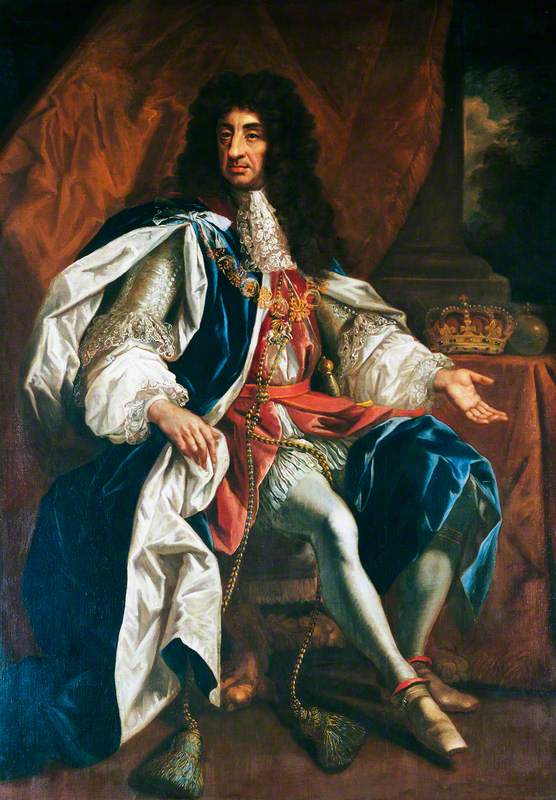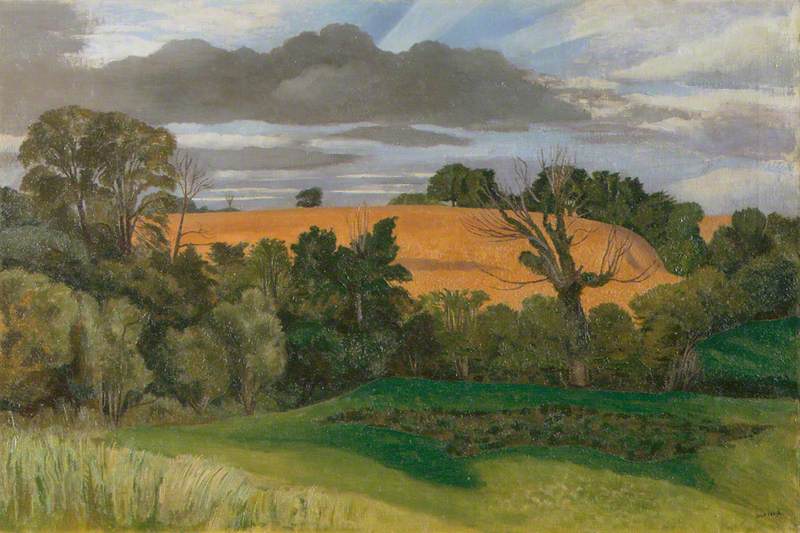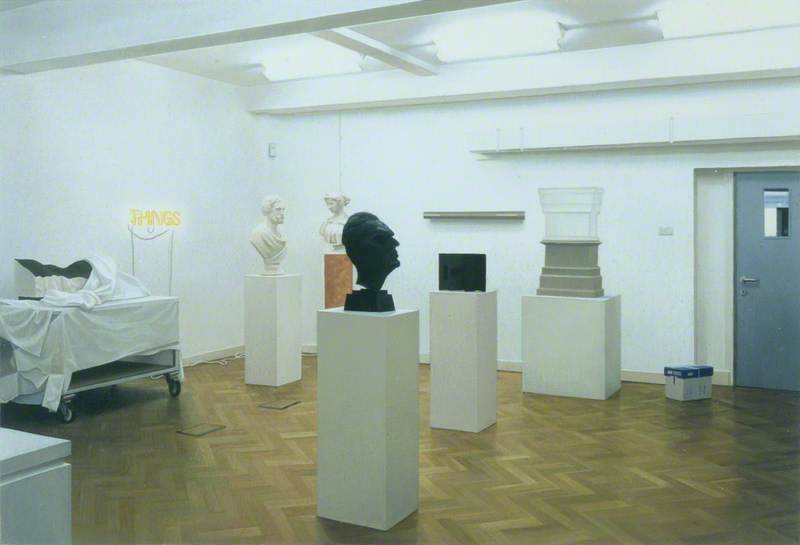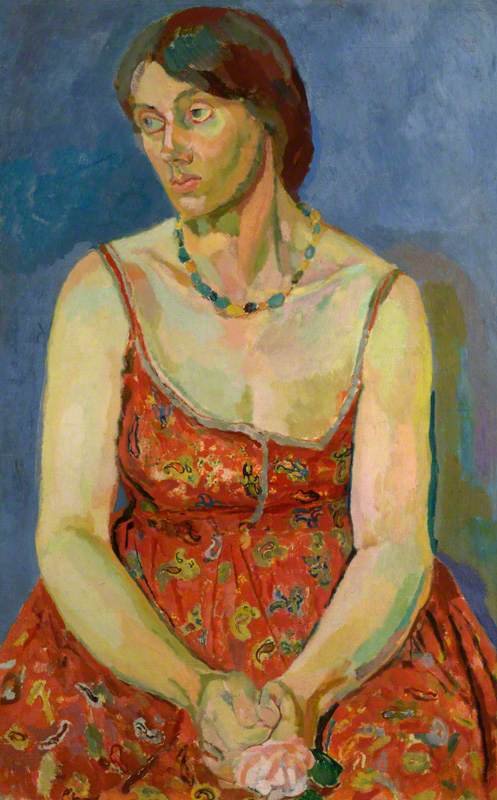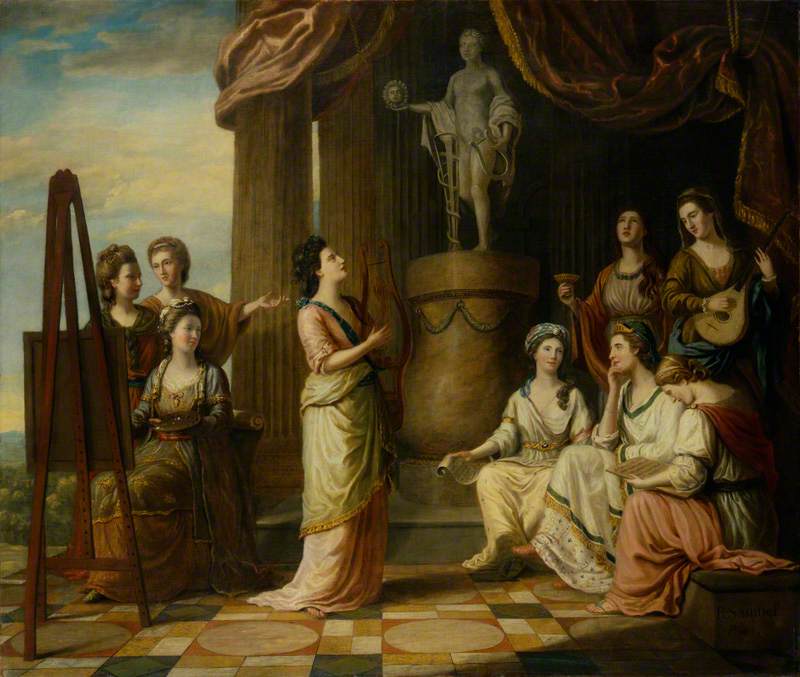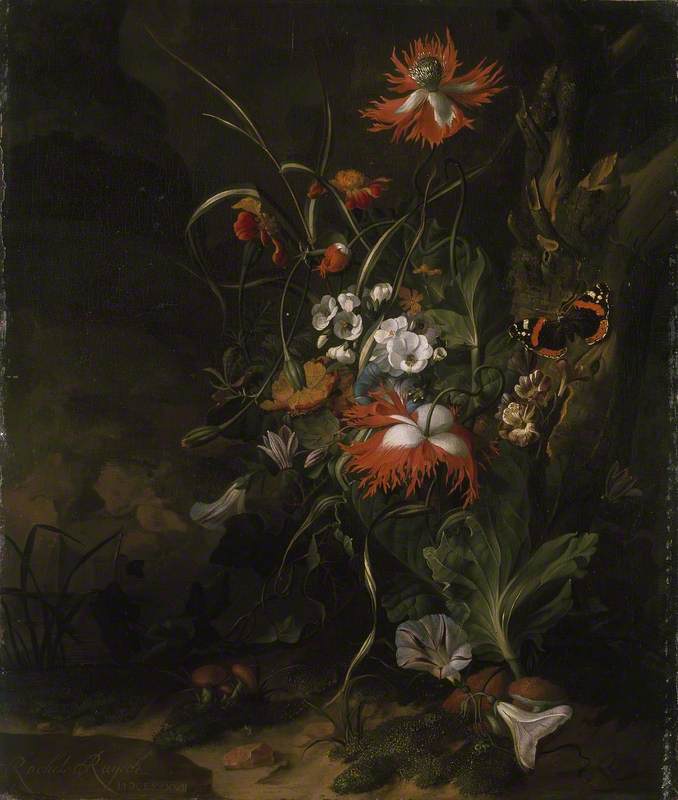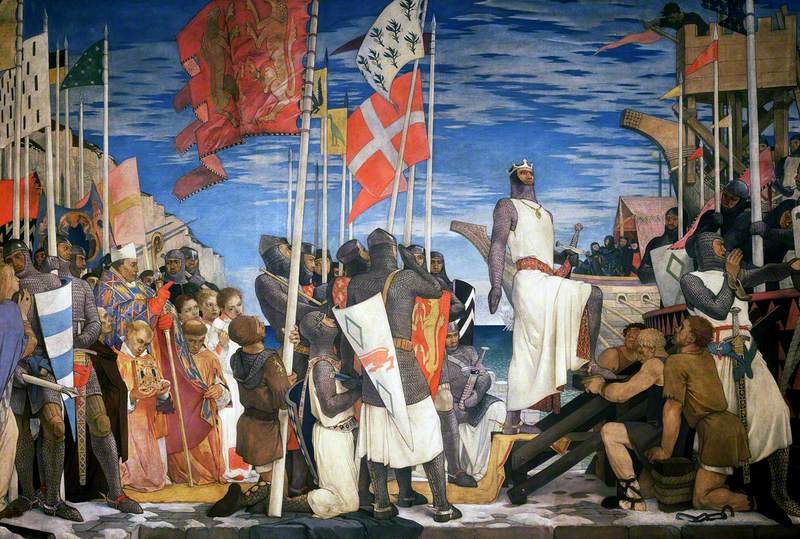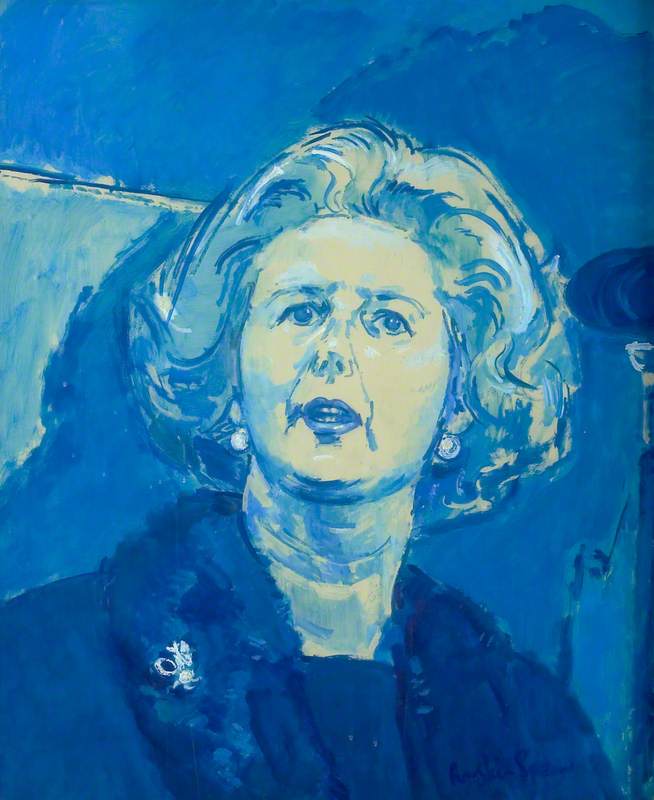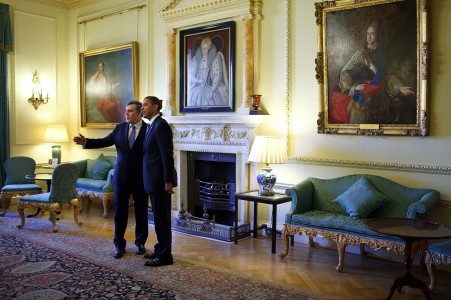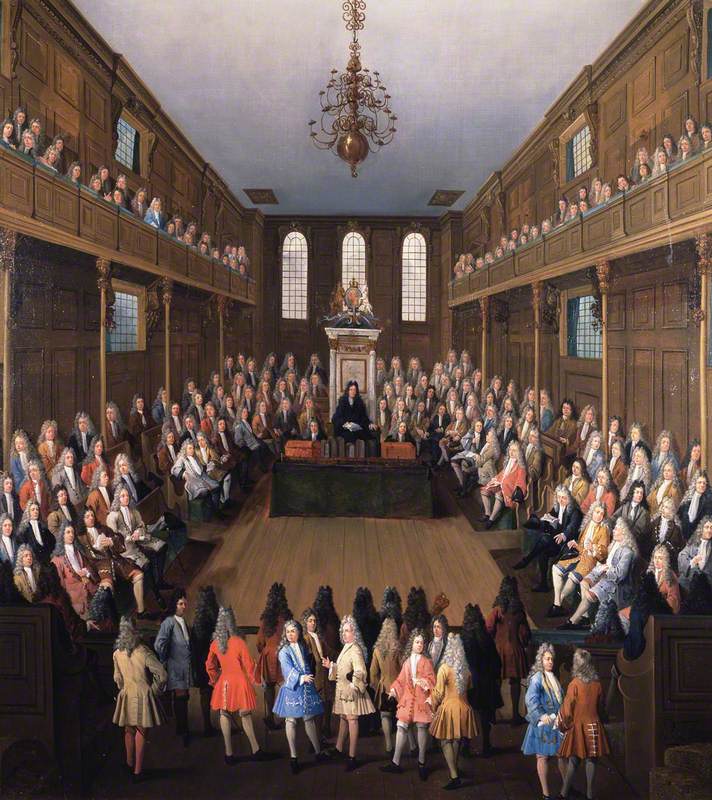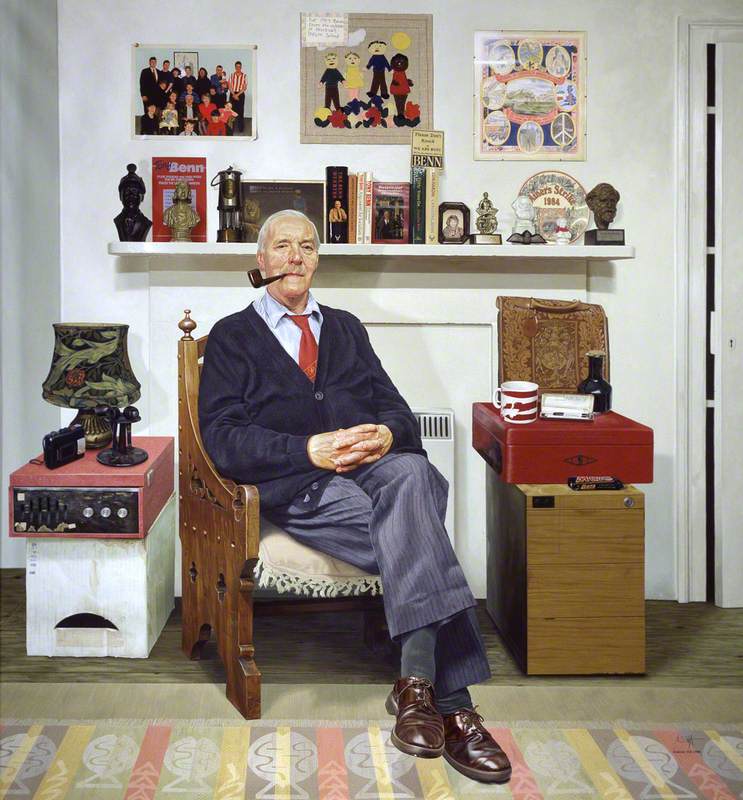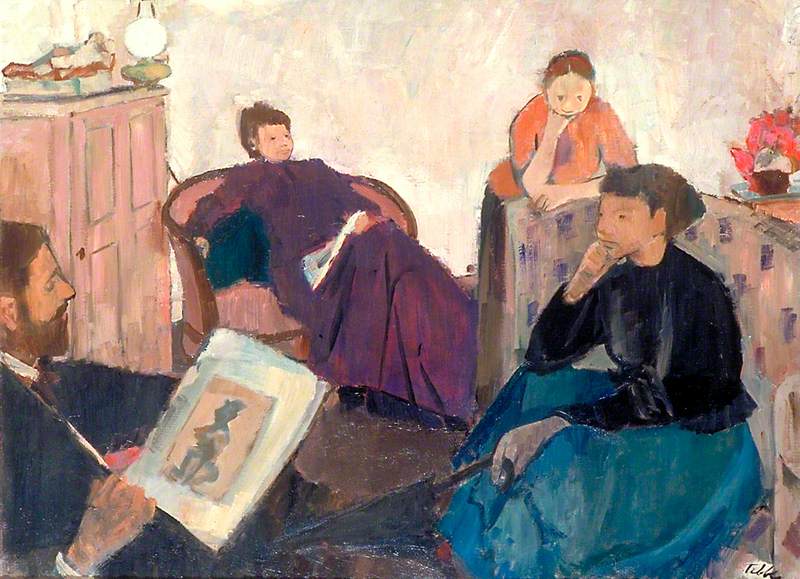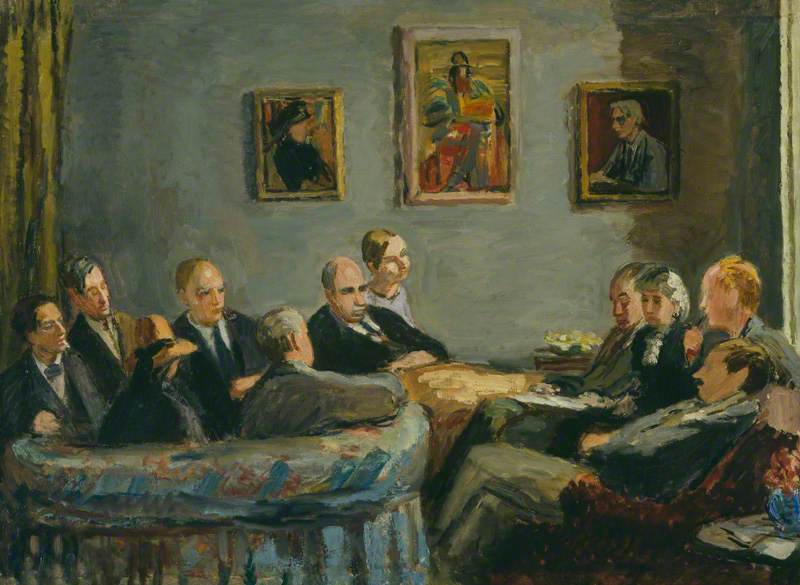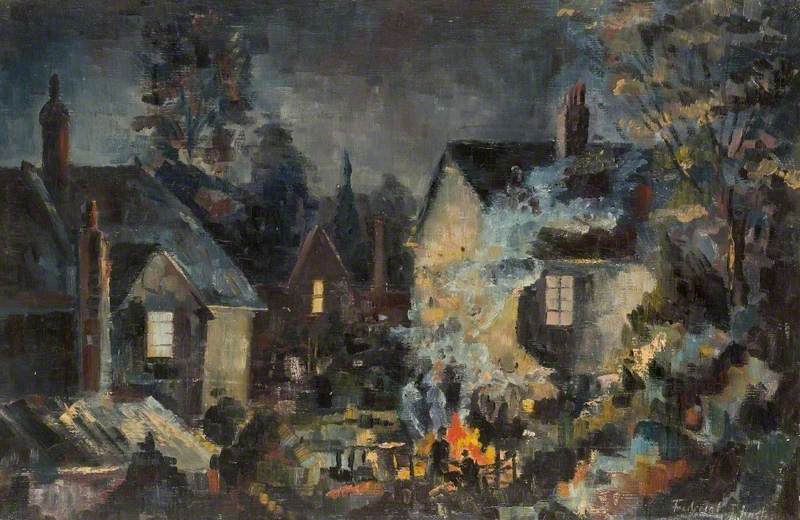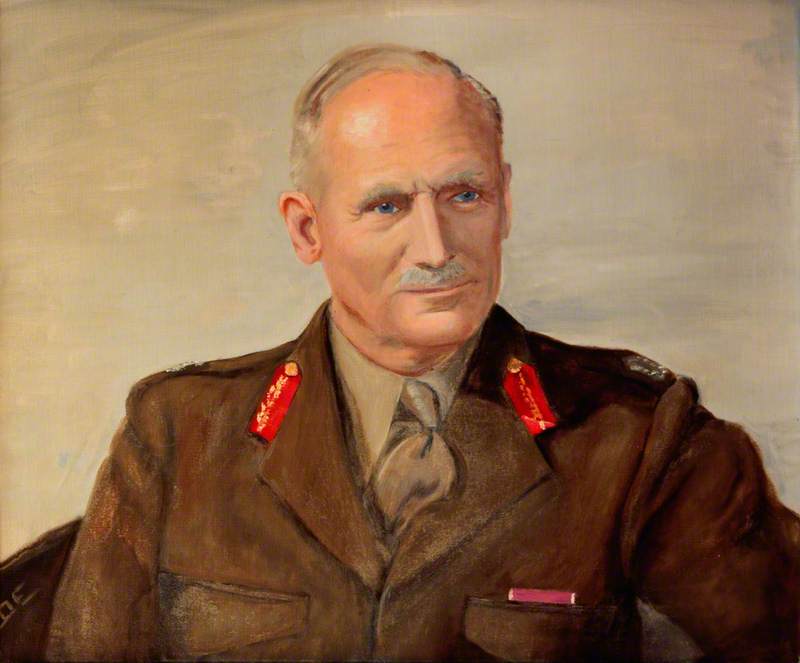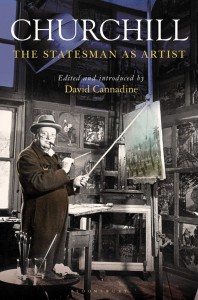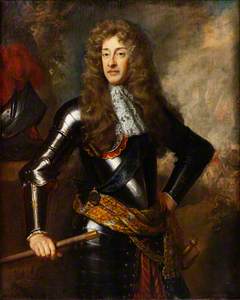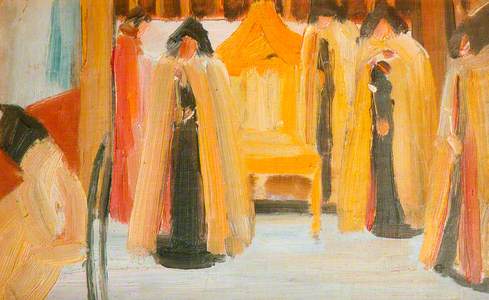The Government Art Collection (GAC) must be one of the most well travelled art collections in existence. Works from its holdings are on display in nearly every capital city in the world and are constantly on the move. To take just one example, since Vanessa Bell's Byzantine Lady was acquired by the GAC in 1977, she has been dispatched to ambassadors' residences in Berlin, Bonn and Beijing.
The GAC's origins date back to 1898, when the Treasury gave the Office of Works responsibility for works of art already on the Government estate and authorised the purchase of works at low prices for certain Government buildings and offices within the UK. Since then, the GAC has grown to over 14,000 works – of which around 2,500 are executed in oil (and around 3,000 are on Art UK) – which are displayed in Government buildings in the UK and throughout the globe.
The acquisitions policy for the Collection has developed considerably over the last century. In the beginning, focus was almost exclusively on acquiring historical portraits. Among the earliest acquired were Thomas Hawker's rich portrait of Charles II seated in satin robes and a portrait of James II in armour, by Godfrey Kneller.
It was not until the late 1940s that the Collection acquired its first work by a living artist: John Nash's Ripe Corn.
Before then, the Foreign Office had advised against the purchase of modern works for fear that they would give rise to 'indescribable controversy'. By the 1970s, however, modern paintings had overtaken the number of historical works acquired for the collection – a trend that continues today, as the GAC tends to acquire more contemporary works to reflect contemporary Britain. Works are acquired that are by artists who have a strong British connection. This can mean artists who were born in Britain, or who have lived or are living in the country.
Notwithstanding this self-professed British flavour, much of the work held by the GAC bears witness to the diverse influences from abroad that have shaped British art over the centuries. This includes painters of the early modern English court, summoned from Northern Europe, as well as the voyaging British artists of the nineteenth and twentieth centuries, taking their inspiration from exotic landscapes and ancient cultures.
Horatio, 1st Viscount Nelson (1758–1805), Vice-Admiral and Victor of Trafalgar
1799
Leonardo Guzzardi (active 1798–1800) 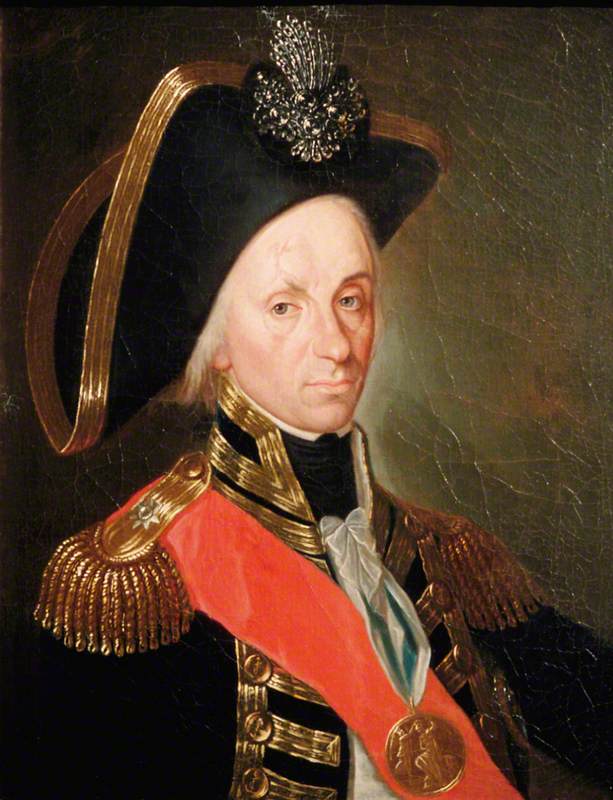
One example from the collection, of a visibly battle-weary Lord Nelson, depicts the naval hero shortly after his victory at the Battle of the Nile. The artist chosen to immortalise this bastion of the British Empire was Leonardo Guzzardi, a little-known Italian artist who may have been attached to the Neapolitan court.
When deciding where a particular work will be displayed, the GAC aims to spark cultural resonances, taking into consideration works' associations with a particular location. So, for example, the Jewish artist David Bomberg's Interior of the Armenian Church, Jerusalem has for nearly 25 years hung in the ambassador's residence in Tel Aviv.
Similarly, for over half a century, the British ambassador's residence in Athens has been home to the Thomas Phillips' Byron portrait, recognising the sitter's position as a fighter for Greek independence.
George Gordon Byron (1788–1824), 6th Baron Byron, Poet
1814
Thomas Phillips (1770–1845) 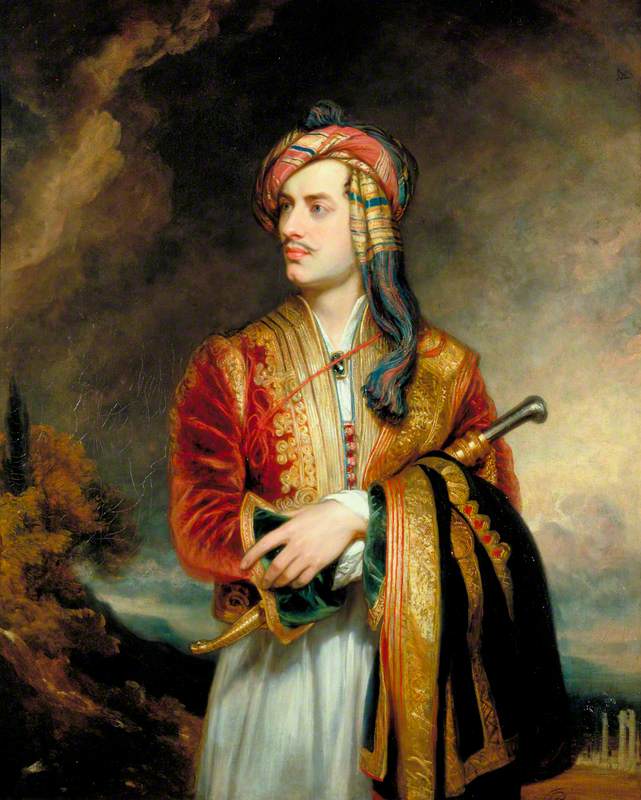
Commendably for such a large collection, a significant proportion of the GAC's holdings is on display – about three quarters at any one time – with the majority hung in the public areas of Government buildings in the UK and abroad. There they can be appreciated by the many visitors and staff alike.
Adam Jackman, Freelance Editorial Consultant

